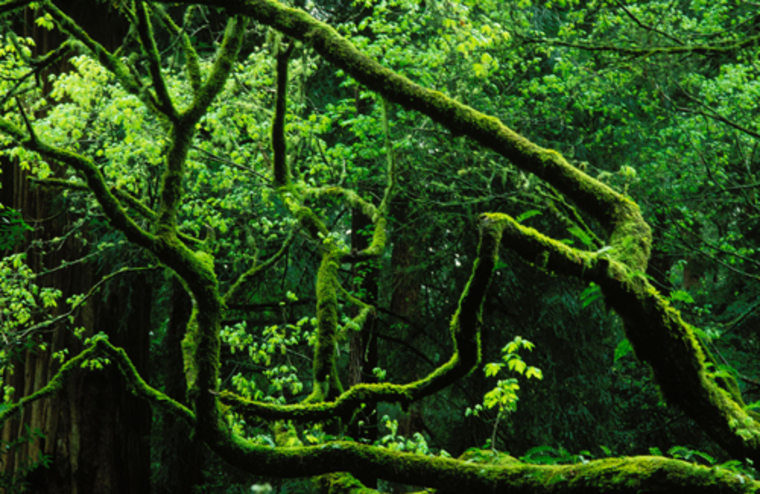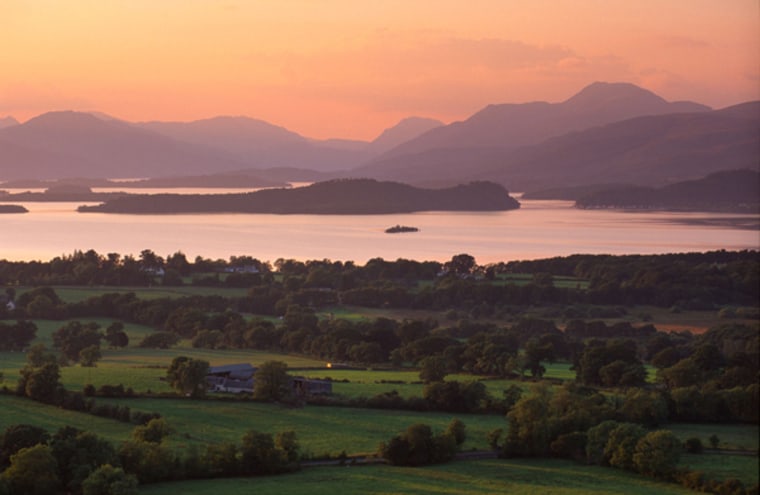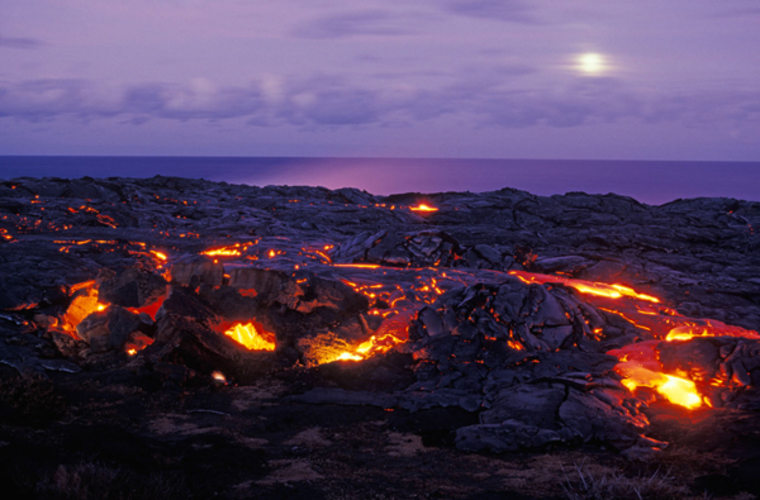Spend a day walking the downtown streets of almost any city, and odds are, you’ve just gone over the government’s safety recommendations for exposure to noise. Everywhere, we're blasted by sound — traffic, construction, passing radios, TVs blaring and the constant ring of cell phones. And none of it is quite enough to drown out the sound of airplanes passing overhead.
The simple truth is, that ringing noise in your ears shouldn’t be there.
We’re not talking about complete silence; that can actually drive you insane. "I heard two sounds,” wrote composer John Cage of his time in an anechoic chamber, a room completely free of reverberations and outside noise, “one high and one low.” When he asked the engineer in charge what was going on, the man said, “The high one was your nervous system in operation. The low one was your blood in circulation.”
Who wants to hear that?
What we need is not a complete absence of sound, but to be in places that sound the way the world did before iPods and leaf blowers were invented. But quiet is still out there, ready to be found. Around the world remain places — quite accessible places — where the constant din of civilization simply drops away.
“Quiet used to be as common as clean air and pure water," says Gordon Hempton, a Grammy-winning natural sounds recording artist. "And it was part of the everyday environment of our ancestors, and today it’s extremely scarce.”
Noise isn't good for you, pure and simple. In excess, it raises stress levels, can potentially cause heart and immune system problems and even raise blood pressure. Some studies show noise can alter brain chemistry in less than fun ways. According to Dr. Cheryl Fraser, registered psychologist and Buddhist meditation teacher, "Our psychology and physiology are not designed to keep up with the hyper pace and sound of our 24/7, multitasking, multiple input modern world."
Go far enough in the middle of nowhere, of course, and things get pretty quiet. Mongolia’s Gobi Desert, or Africa’s Kalihari Desert are both almost entirely free of human-created sound (as well as being startlingly beautiful). These places whisper like the last words of a bedtime story.
To find real quiet without launching a major expedition to the boonies is a little more challenging. Washington State’s Hoh Valley is just a few hours from Seattle, but as soon as you walk over the ridge it’s like having the world to yourself. Anza-Borrego State Park is an easy drive from Los Angeles, San Diego or Phoenix, but as one of the largest protected areas in the continental United States, peace and quiet lie in every fold of the ancient mountains that look like dinosaur skin.

It can be a bit harder to find genuine quiet near a city. But that doesn’t mean city dwellers are forever stuck, fingers in their ears, trying to block out the roar. Even a short walk into Central Park shows how quickly noise can be absorbed by forest and space. Cape Cod is an oasis of silence in the Eastern Corridor; and Muir Woods is only a few miles outside San Francisco.
Sometimes, even noisy can be quiet in its own way. Victoria Falls — or, as the locals call it, Mosi-oa-Tunya — are louder than a jet taking off. As Patricia Schultz, author of "1000 Places to See Before You Die" says, the falls are a “raw, massive, pounding curtain of water — but it is the sound that is profoundly exhilarating. One is immersed in spray and the pure power of nature in the extreme.” The sound of the falls simply leaves no room to hear anything else.

Not too long ago, quiet was as much a part of the landscape as concrete is now. But the quiet places are still essential. Dr. Fraser points out, “Placing ourselves somewhere quiet feels ... right. Natural. As the manmade cacophony subsides, we find ourselves in nature, attending to the gentle vocalizations of the numinous. We clear the channels and can dial in to the broadcasts of our soul.”
Who knows what you might think when you’re somewhere quiet enough to think? Who knows what you might actually hear?
